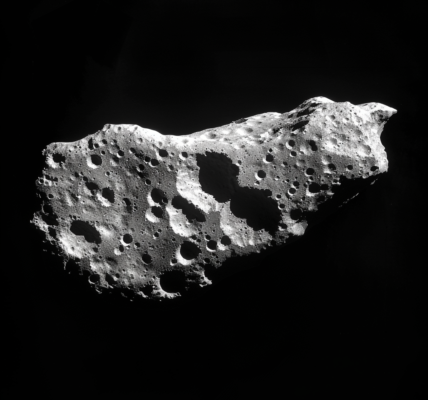Quasars, known as the most luminous entities in the universe, are fascinating cosmic phenomena powered by supermassive black holes at the centers of galaxies. Recent research has shed light on the environments in which early-universe quasars are found, suggesting that these celestial bodies likely formed in densely populated regions rich in gas. However, previous observational studies have produced conflicting results regarding the density of these quasar neighborhoods.
In a groundbreaking study utilizing the Dark Energy Camera (DECam), researchers have provided a clearer understanding of the ‘urban density’ conundrum surrounding early-universe quasars. DECam, developed by the Department of Energy, is mounted on the U.S. National Science Foundation’s Víctor M. Blanco 4-meter Telescope located at Cerro Tololo Inter-American Observatory in Chile. This advanced camera is known for its expansive field of view, which allows astronomers to conduct large-scale observations of the cosmos.
The research was spearheaded by Trystan Lambert, who conducted this work as a PhD student at Diego Portales University’s Institute of Astrophysical Studies in Chile and is currently a postdoctoral researcher at the University of Western Australia’s International Centre for Radio Astronomy Research (ICRAR). The team aimed to measure the density of the quasar’s environment by counting the number of surrounding companion galaxies, making this the largest on-sky area search ever conducted around an early-universe quasar.
To carry out their investigation, the researchers required a quasar with a well-established distance. They focused on quasar VIK 2348–3054, which had its distance determined through previous observations using the Atacama Large Millimeter/submillimeter Array (ALMA). DECam’s three-square-degree field of view provided an expansive perspective on the quasar’s cosmic surroundings, allowing the team to gather comprehensive data.
One of the key advantages of DECam is its specialized narrowband filter, which is perfectly suited for detecting companion galaxies through their emission of Lyman-alpha radiation. This specific type of radiation is an energy signature of hydrogen, produced during the ionization and subsequent recombination of hydrogen atoms, which occurs in star-forming regions. By utilizing this filter, the research team was able to effectively count the number of companion galaxies surrounding the quasar.
Lambert emphasized the significance of their findings, stating, “This quasar study really was the perfect storm. We had a quasar with a well-known distance, and DECam on the Blanco telescope offered the massive field of view and exact filter that we needed.” This combination of factors allowed the researchers to obtain a clearer picture of the quasar’s environment, contributing valuable data to the ongoing study of the early universe.
The implications of this research extend beyond mere observation; they provide a logical framework for connecting theoretical models with empirical findings. By confirming the dense environments surrounding early-universe quasars, scientists can enhance their understanding of galaxy formation and the evolution of supermassive black holes.
As the study progresses, the team plans to expand their observations to include more quasars, which will further refine their models and understanding of the cosmic environment during the universe’s formative years. The insights gained from this research not only illuminate the nature of quasars but also pave the way for future discoveries in the field of astrophysics.
In summary, the use of DECam in this study has provided a significant leap forward in our understanding of the neighborhoods surrounding early-universe quasars. By employing advanced observational techniques and leveraging the capabilities of cutting-edge technology, researchers are piecing together the intricate puzzle of the universe’s early history.





